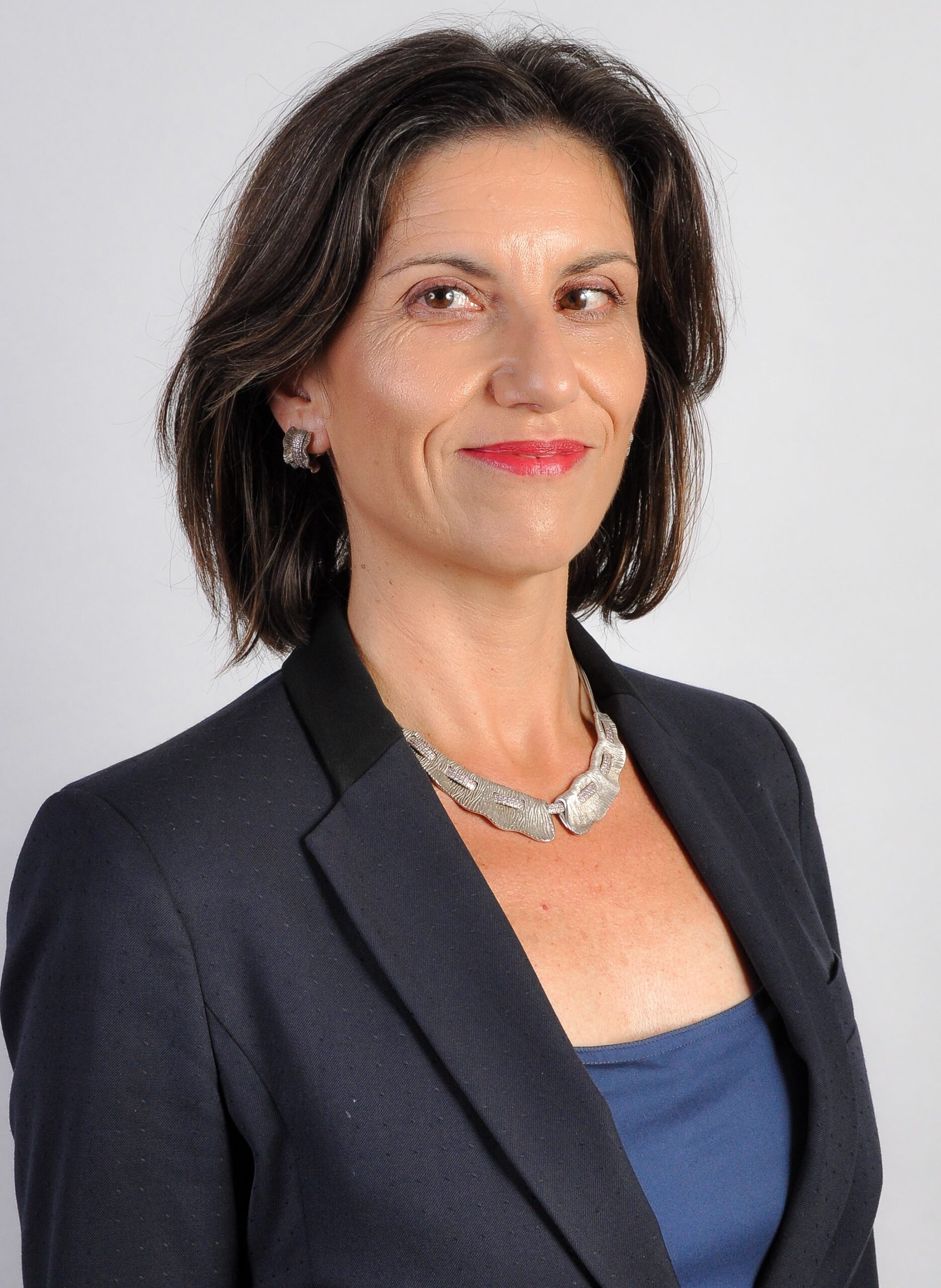Executive presence is the promise that you will deliver once you’re in charge. Your trustworthy behaviour, clear and concise communication style, and polished appearance send the message to the world that you are a leader.
But if your signal is unclear, because people’s minds are too busy processing information, they’ll only hear noise. When that happens, no matter your true talent and potential, you won’t be seen as a leader.
 In this three-part series on Executive Presence, Templar consultant Carolina Perez Sanz identifies the critical elements that can undermine your leadership presence – the dissonant ‘noise’ that may blur your message.
In this three-part series on Executive Presence, Templar consultant Carolina Perez Sanz identifies the critical elements that can undermine your leadership presence – the dissonant ‘noise’ that may blur your message.
These noisy elements can come from the way you behave (gravitas), how you speak and listen (communication), and how you carry yourself (physicality). Removing this noise enables you to broadcast a clear signal: trust me to execute.
Melanie Maldonado*, a coverage banker with a large European investment bank, was up for promotion this year. She seemed on track to make director at 30. However, she got the disappointing news, in her boss’s words, that “she wasn’t there yet.”
She reran every meeting, presentation, and client interaction in her head, and everything seemed fine. Her numbers were excellent, and everyone had praised her deliverables. What, then, was blocking her? Why didn’t Melanie’s boss believe that she was ready to take on greater responsibility and a more senior role?
*Fictional name, based on a real event.
A DEEPER LOOK
Our clients tell us that promotion decisions are driven less by technical excellence (presumed to be table stakes) but by how the candidate will be perceived by clients at boardroom level. Do we trust them to represent our firm at the highest level?
Any dissonant detail casts doubt on the candidate’s future performance, leaving them stuck in their current capability zone.
Templar was engaged to coach Melanie on executive presence. Her managers were fully aware of Melanie’s potential and knew she just wasn’t showing it. They’d seen how, despite Melanie’s good results over the year, her group co-heads were still uncertain.
If Melanie could stretch, she’d realise her potential and move forward in the bank.
If listeners only considered the objective component of the speaker’s message, then how they came across would be irrelevant in assessing their talent.
But in the real world, humans use all the signs available to them to rate one another – and use them ruthlessly. Particular attention is paid to dissonant signals because, at a primal level, these help us distinguish between good and bad intentions, truthfulness and deception, collaboration and threat. And of course, we automatically and unconsciously rank others on an imaginary power scale: does someone lead, or follow; do they decide, or defer?
In red-flagging Melanie, her managers weren’t saying she couldn’t do the job. They simply felt that the noise in her signal made her appear unready to ‘play the part’ at a higher level.
Templar set out to identify and moderate the noisy elements that were undermining Melanie’s executive presence: gravitas, communication, and physicality.
In this first part of our three-part series, we will explore physicality, comprising posture and body language, as it applied to Melanie.
NOISE IN PHYSICALITY
At Templar, when we coach on executive presence, we record the coachee on video camera. This tactic allows the coachee to experience themselves from the outside, the way the rest of the world does.
When Melanie saw herself on screen, she immediately noticed three things: she tilted her head, nodded constantly, and her eyes wandered around or looked down.
She also remarked on her posture: standing up, she kept her elbows pinned to her ribs and her feet crossed. When seated at the table, she rested her hands on her lap (thus out of sight), with her arms close to her trunk.
These body signs telegraph one thing: low status. In his research, improvisational theater educator Keith Johnstone showed that, the moment the curtain exposes the actors prepared for action on stage, the audience knows who is in charge. By seeing the actors embodying the characters’ power status (high or low), the public understands how each stand in the group hierarchy.
Characters with high status take up space; they seem to be saying, ‘This is my world and I occupy it as I please.’ When standing up, they stand tall and big, their feet wide apart and their head straight. If sitting at a table, their arms and hands are visible, elbows wider apart than shoulders. They signal power.
By contrast, low status characters signal submission with their bodies. They try to make themselves smaller (elbows to ribs, legs and feet together), indicating they don’t feel entitled to occupy space. By tilting their head, they shorten their height and, at the same time, soften their appearance – as if trying to appear warmer, less threatening so as not to upset the powerful.
Steady energy, as opposed to fidgeting, characterizes high-status. This translates into deliberate movement. High-status characters move only when moving serves a need; otherwise, they stay still – especially their head. And when they move, everyone notices because their movements are ample and purposeful.
Low status characters move involuntarily, often in reaction to a stimulus they don’t control.
For example, when speaking in public, they’ll pace up and down for no other reason than to calm their nerves. They also move their head while speaking, which has been explained as a way to come closer to the counterparty. If done to excess, rather than an assertive desire to build rapport, nodding will express the need for approval.
Melanie realised she was unconsciously showing many low-status body signs. By carrying herself like that, she was subliminally signaling she didn’t believe she could be in charge.
And if she didn’t believe it, who would?
HOW WE HELPED MELANIE
Standing up, we had her adopt a more commanding posture by:
- Balancing her weight evenly on her two feet, hip width apart
- Raising her chest bone and lowering the chin so that neck and jaw formed a 90° angle
- Projecting her shoulders to the sides
Then, to keep the nodding in check, we made her imagine she was wearing a crown (nodding would make it fall).
We gave Melanie three assignments to work on before the following session.
- To look at other people in meetings and note their posture and changes in status in front of different people.
- To observe her physicality during work interactions with clients and colleagues, switching to high-status mode whenever she caught herself displaying low-status signs.
- To take note of the difference that switch made on how other people reacted to her.
Even though the seed for a new physicality had been planted, changing habits requires time and effort.
The first step is self-awareness, which triggers the shift from unconscious incompetence to conscious incompetence. The second one is practice and relentless self-management, the only way to reach the stage of unconscious competence.
At Templar, we work with employers on diversity initiatives, female talent development and leadership programmes, as well as individual women on a coaching basis. Please see our Women’s Development Series for more details or get in touch to speak to one of our consultants.


